The beautiful beaches, ancient cities and the rich Mexican culture make Mexico an ideal destination for any traveller. Whether you're thinking about making Mexico your next travel destination or just looking for some ideas on where to go, you've come to the right place. Check out this list of the best places to visit in Mexico that will help you decide where your next adventure will take you.
Bonampak
Lying 30 km south of Yaxchilan, close to the tributary of the Usumacinta River, Bonampak is quite justly famed for its superb wall paintings, which date back to the latter years of the 8th century AD. Representing some of the finest examples remaining of classic Maya painting, the murals depict scenes from the life of King Chan Muan, along with courtly life, costumed balls and ritual sacrifice.
Hidden amongst the dense jungles of Chiapas until 1946, when they were discovered by Charles Frey and John Bourne, the murals have, over the years, provided archaeologists with a wealth of information about the Maya. Indeed, the site's very name reflects the importance of the murals in helping to understand Mayan society, coming as it does from the Mayan term for 'painted walls'.
Campeche

At the heart of Campeche lies a wonderfully preserved Baroque city that was built by the Spanish to protect the ports along the Caribbean coast from pirates and buccaneers. The city's historic core is filled with a wonderfully ornate collection of colonial buildings including its stunning cathedral, which is one of the oldest churches in the Yucatan.
With two forts and part of its old defensive walls still intact, Campeche contains some superb examples of 17th and 18th century Spanish military architecture, whilst its main plaza is a great place to soak up the rich ambience of modern life. The city boasts a number of museums recounting Campeche's history, whilst a regular sound and light show at the Puerta de Tierra provides a dramatic retelling of the city's fascinating past.
Cancún
Protected from crashing waves by coral reefs, Cancún's turquoise sea and powdery white beaches, water sports and nightlife are legendary. The construction of Cancún commenced during the administration of President Luis Echeverría (1968-76) after a computer study determined that this narrow sand strip enclosing a brackish lagoon on the Yucatan Peninsula would be the best location for creating a new, world-class resort. Now 50 or so inclusive resorts span this 14-mile stretch.
Chetumal
Chetumal is the capital of Quintana Roo. Nearby one can visit the recently opened sites of Dzibanche and Kohunlich. Dzibanche is renowned for its majestic temples and symbols engraved in wood at the Temple of the Owl.
Wild palm trees surround Kohunlich, another beautiful archaeological site, exerting a magical, attractive power that is hard to resist. The town of Chetumal houses the Museum of Mayan Culture.
Chicanná
Declared in 2002 as a World Heritage Site by UNESCO, the Calakmul biosphere reserve is a magical place of more than 700 thousand hectares, housing ancient Mayan cities and a diverse range of species. Chicanná is the most famous Mayan ruins in the reserve, dating back to 650AD.
The ‘House of the Serpent Mouth’ is a monster mouth temple found here that inspired the site to be called Chicanná. Calakmul was one of the most important cities of the Mayan civilization due to its location between Belize and Guatemala. Spend your days exploring the Mayan ruins whilst looking out for spider monkey, ocelot, anteaters, armadillo, parrots and toucans.
Chichén Itzá
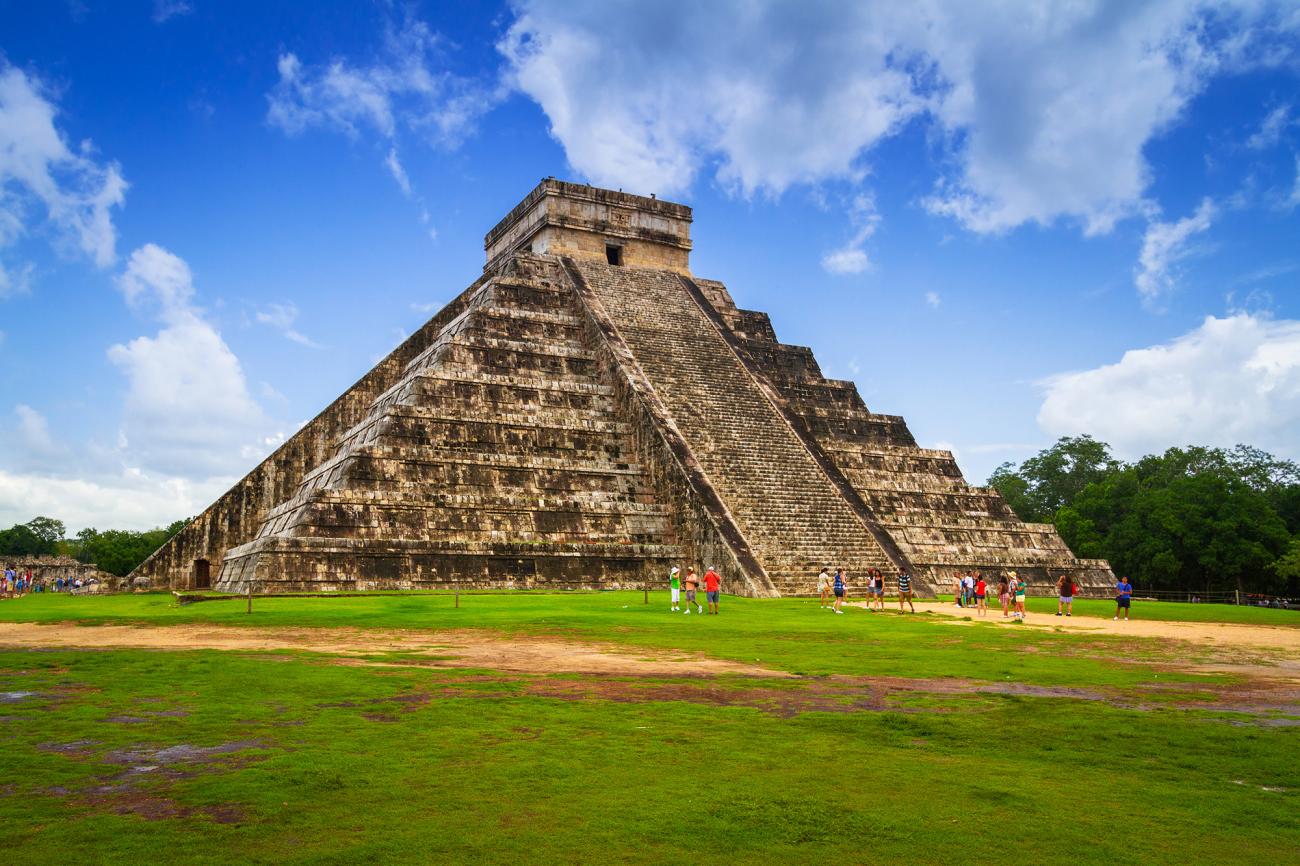
Mexico's second most visited archaeological site, Chichen Itza lay at the heart of Mayan culture for nearly 1,000 years. One of the most important archaeological sites in Central America, and certainly one of the best preserved, its has been ranked amongst the masterpieces of Mesoamerican architecture.
Founded in the 5th century AD, it was conquered by the Toltecs some five centuries later, after which the Mayan and Toltec cultures merged to produce an astonishing collection of temples, pyramids, palaces and carvings that are amongst the richest anywhere on the American continent. Covering more than 300 ha, it was inscribed on the UNESCO World Heritage list in 1988, largely because of its significance in combining two major periods in pre-Columbian cultural development.
Copper Canyon
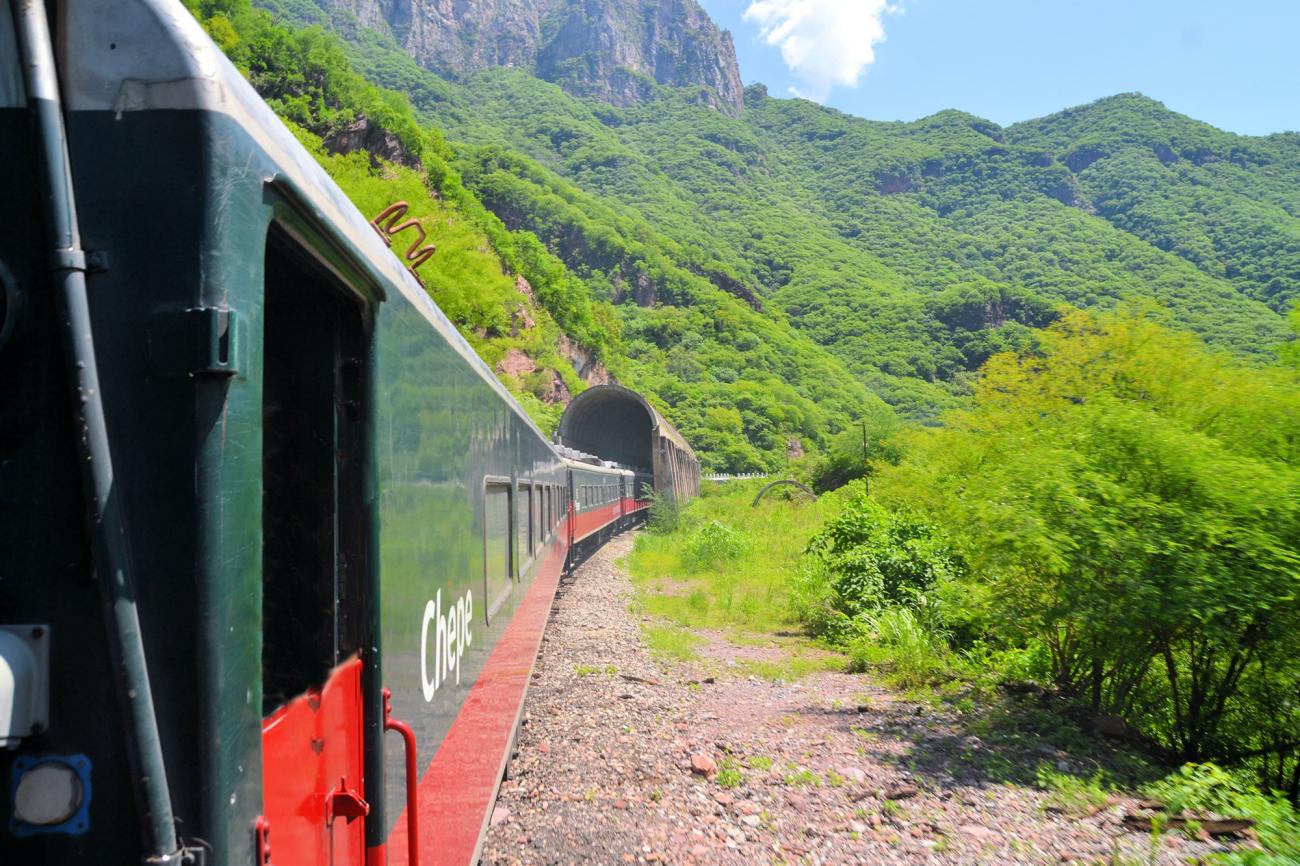
The Copper Canyon is home to the native Tarahumara people and one of the deepest and most impressive canyons on the planet. With its towering cliffs of copper and green, this is one of the most photogenic settings anywhere in Latin America and you can explore it from the air and from the ground, aboard the world’s highest cable car ride and the famous Chihuahua al Pacifico Railway.
Cuernavaca
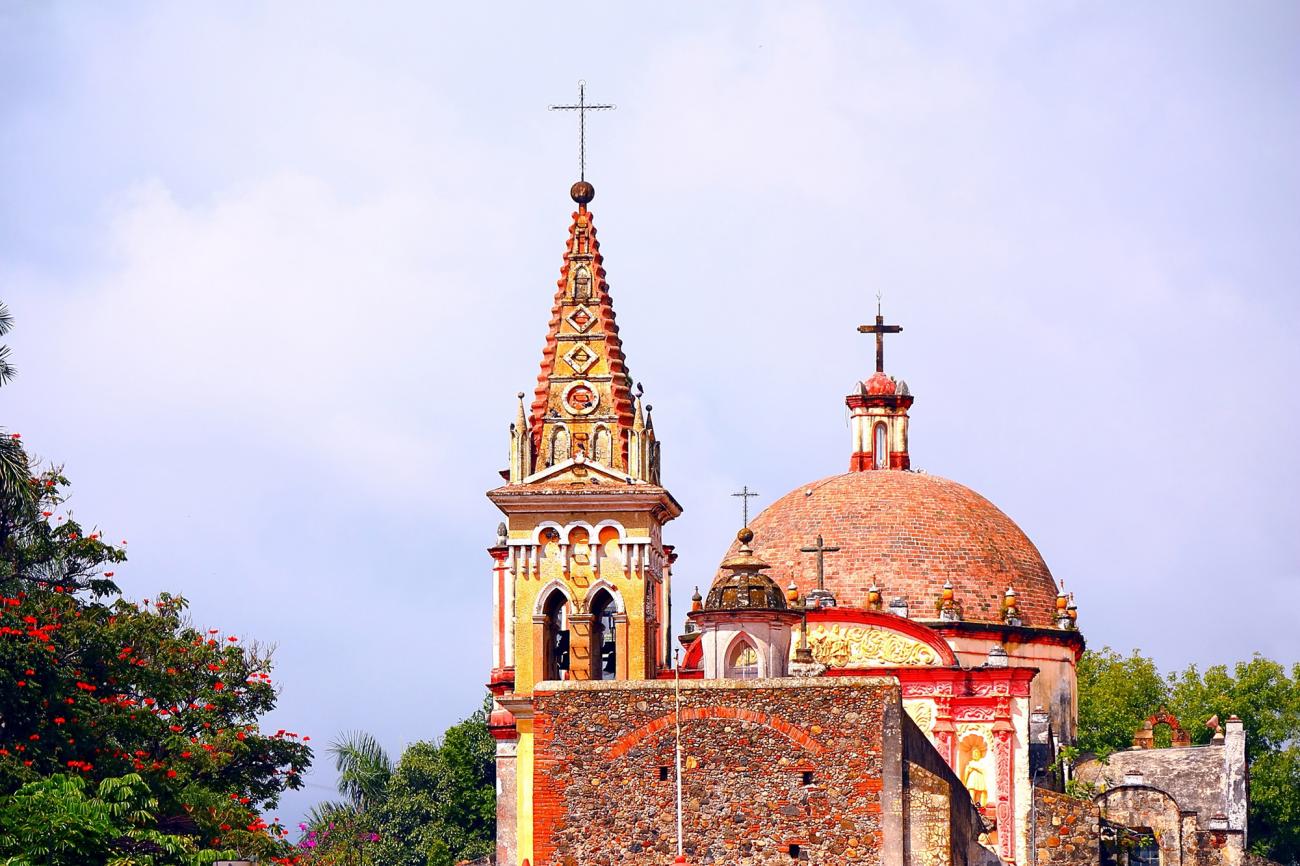
Named by the Aztecs as the 'city of eternal spring' due to its micro-climate. The squares and Colonial architecture is beautiful, and there is also the imposing Palace of Hernan Cortes with its impressive mural by the celebrated Mexican Muralist, Diego Rivera. A visit to the Jardín Borda is a must with its lovely fountains, terraces, artificial lake and outdoor theatre. The museum, in one wing of the house, has exhibits from the 19th century, when the house was the summer residence of Emperor Maximilian and his wife Charlotte.
Guanajuato
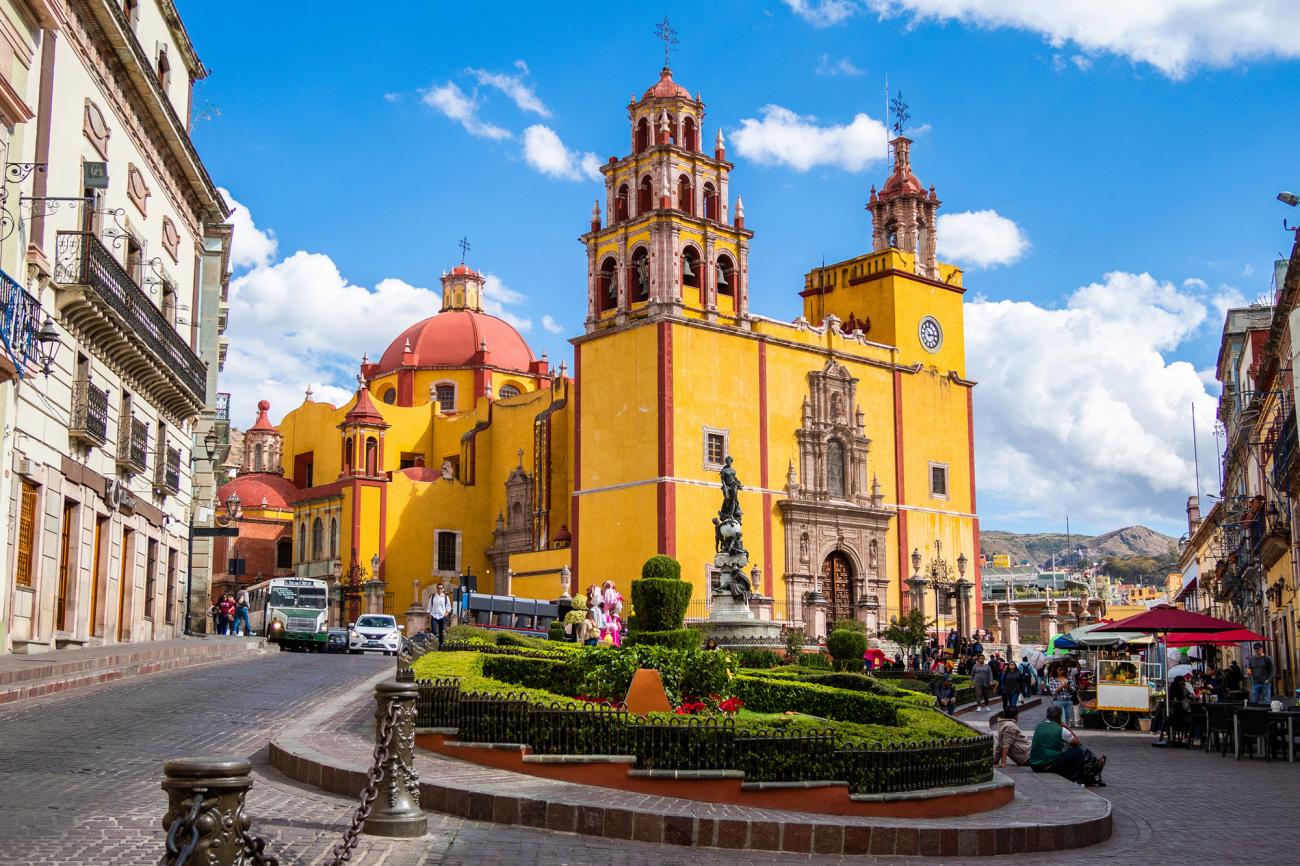
The city of Guanajuato, was in colonial times, a rich mining area and one of the greatest producers of silver in the world. The essence of this time still remains in this charming, romantic city. Guanajuato is built in a ravine and on the banks of a river, resulting in a town of inclined and curving tunnels and streets winding their way along the basements of the town's old buildings.
The heart of the city is the Jardín de la Unión, a cool, shady plaza surrounded by cafés. Nearby is the magnificent Teatro Juárez. Another one of Guanajuato's attractions is the Mummy Museum.
Merida
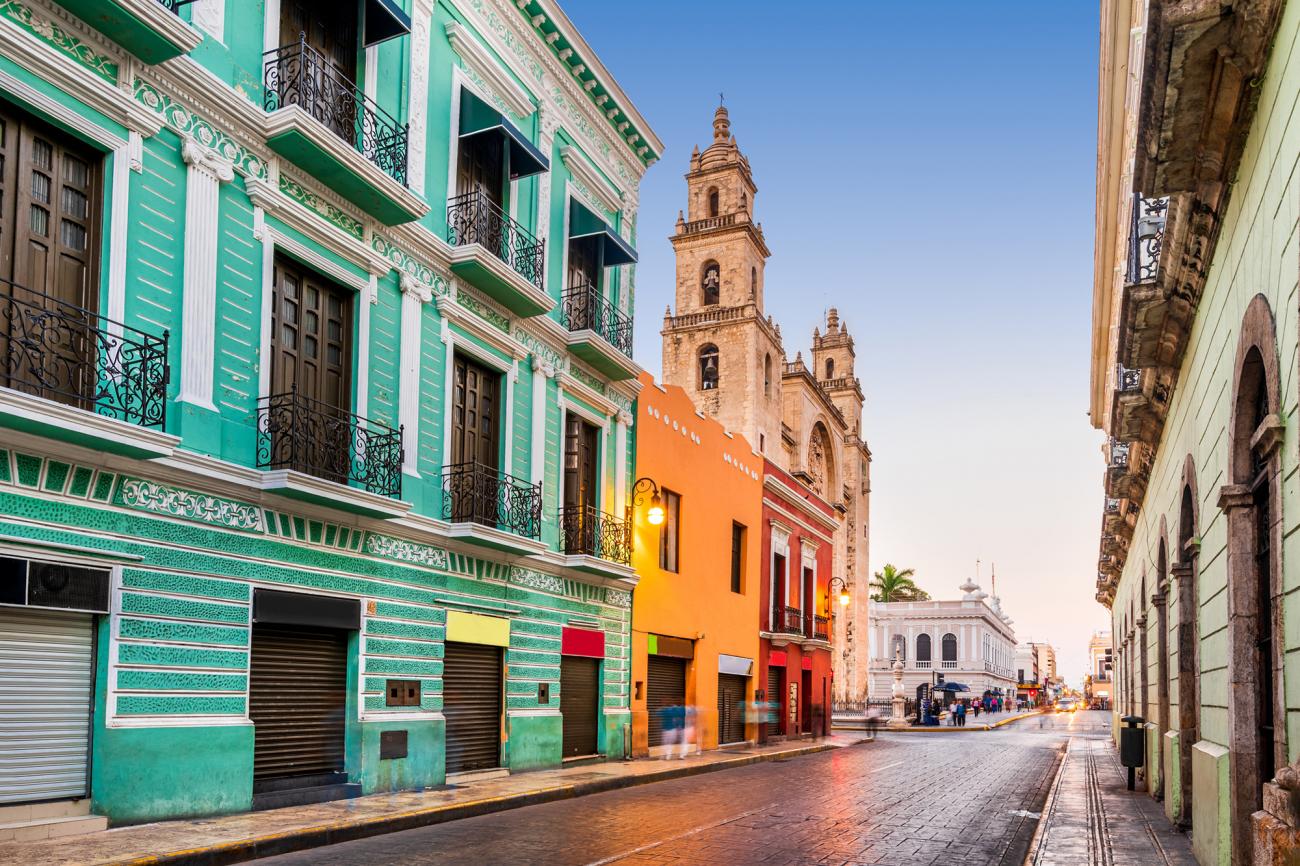
Mérida was founded by the Spanish in 1542, on the site of an ancient Maya settlement. Believed to be one of the oldest continuously inhabited cities in the Americas, Mérida is filled with a wonderful collection of Spanish-Moorish architecture. Often referred to as the 'White City', Mérida was once one of the richest cities in the world, boasting more millionaires than even its European rivals, a fact still evident from the abundant concentration of magnificent colonial buildings.
The cultural and financial centre of the Yucatán Peninsula, Mérida is filled with museums and galleries, cafes and shops, whilst its vibrant centre remains a rich mix of Mayan culture and colonial grace, with dance, music and indigenous traditions still playing an important role in day to day life.
Mexico City
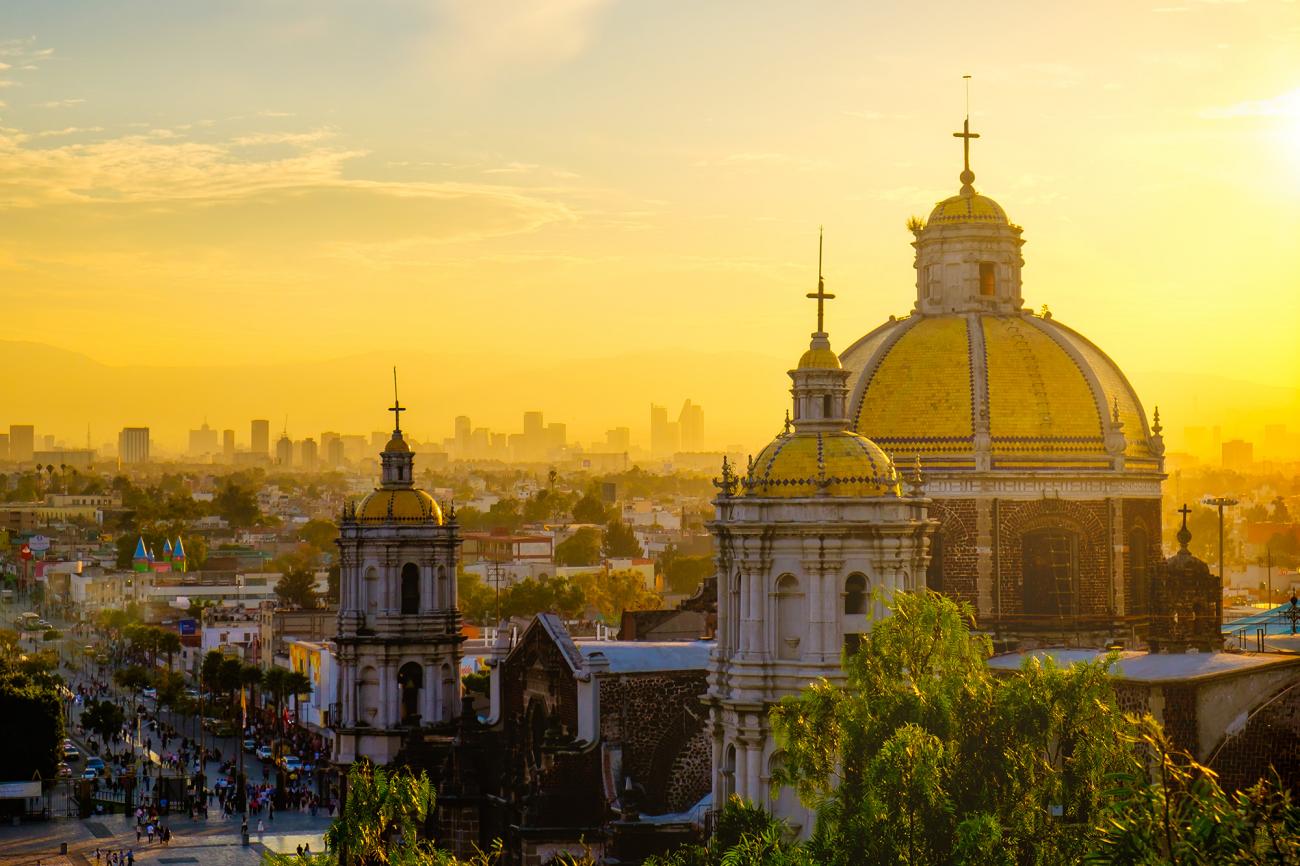
The Mexican capital is a rich cacophony of sights, sounds and superlatives. Home to some 9 million people, it lies in the shadow of two towering volcanic peaks high on the plateaux of south-central Mexico. Located close to the famous Aztec ruins of Teotichuacan, the city is blessed with two World Heritage sites, including its Centro Historico, which harbours the Palacio Nacional, a truly spectacular Baroque edifice that houses the superb murals of Diego Rivera.
To the north of the city lies the Basilica de Guadalupe, the most visited shrine in the country, whilst the city's National Museum of Anthropology is considered one of the finest in the world. A vibrant cultural cauldron, the city is also blessed with some of the best year round weather on the planet.
Monte Alban
The ancient capital of the Zapotecs and one of the oldest cities in Mesoamerica, Monte Alban can trace its heritage back to the 6th century BC. Situated above the central plains of the Oaxaca Valley, the site lies less than 10 km from the city of Oaxaca itself.
Dominating the valley, the ruins have long held a fascination for visitors and explorers alike, with many of the ruins that we can see today having been excavated and reconstructed by the Mexican archaeologist, Alfonso Caso during the early years of the 20th century. At the heart of the ancient city lies the Main Plaza, which is surrounded by the city's most important ceremonial and residential structures. One of the most unique features of the site are the large number of carvings.
Oaxaca
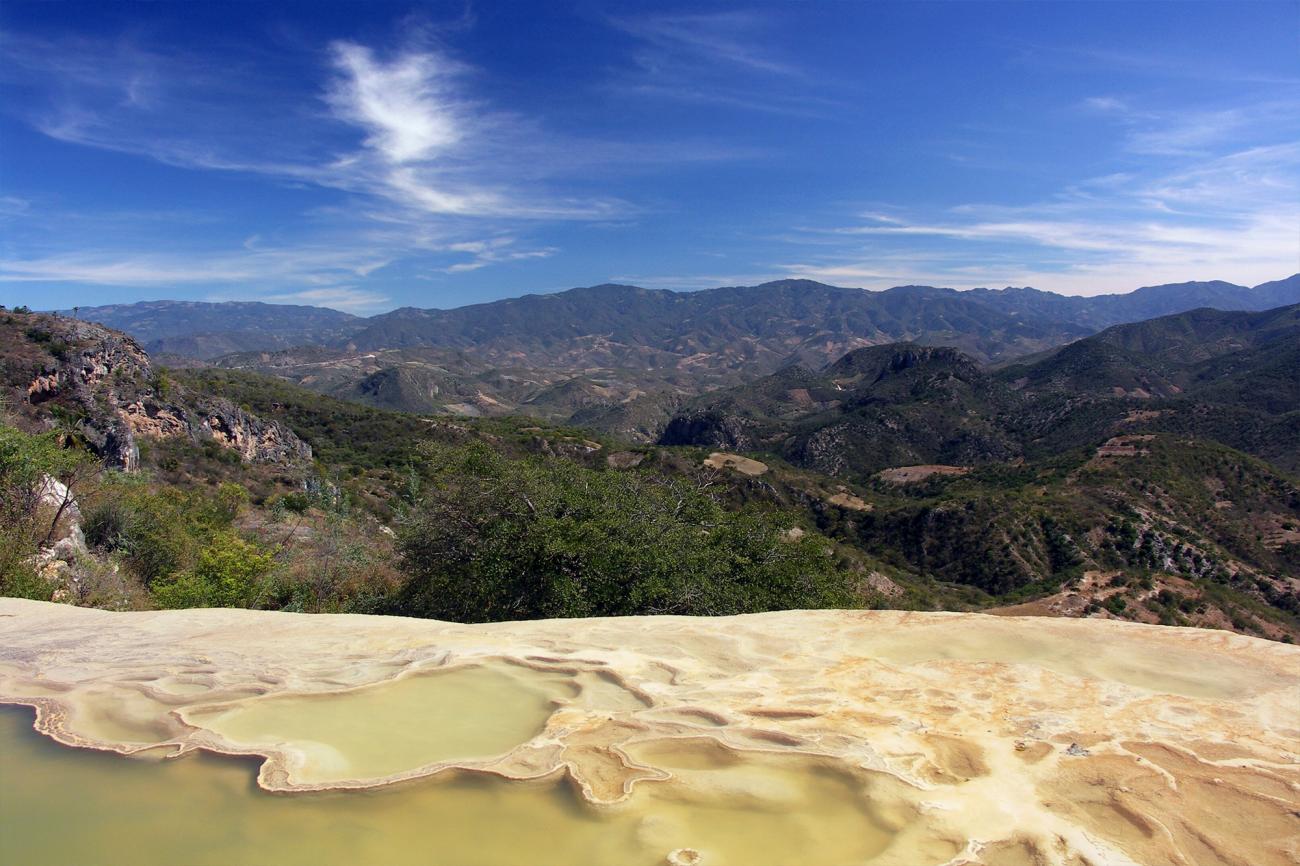
The capital of Mexico's mountainous culinary destination, this charming colonial city is set amongst the lush landscapes of the central valleys of south-western Mexico. Nestling in the foothills of the Sierra Madre and Sierra Norte, the city was founded by the Spanish in 1521, on the site of an ancient Aztec military outpost. Ideally situated for exploring the Zapotec and Mixtec ruins at Monte Alban and Mitla, the city's historic centre was inscribed on UNESCO's World Heritage list in 1987.
It is home to some truly magnificent edifices, including the old monastery of Santo Domingo de Guzmán, the Museum of Contemporary Art and the Neoclassical Cathedral of Our Lady of the Assumption. The city is also famed for its annual festival of Guelaguetza, a month-long celebration of Oaxacan culture.
Palenque
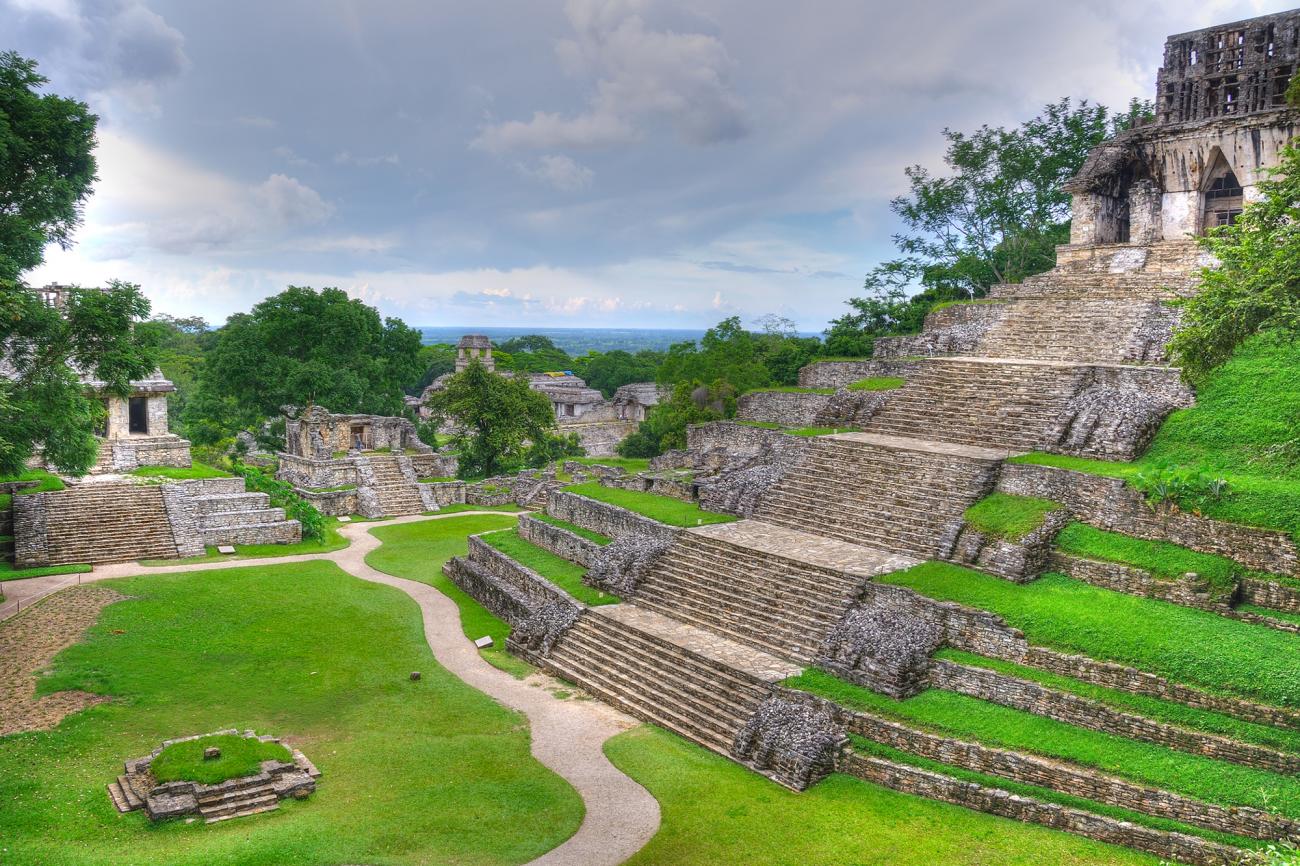
A jungle city, engulfed by rainforest and occupying a high escarpment at the northern edge of the Chiapas highlands, Palenque was home to the high priest Pacal, whose spectacular jade death mask remains one of the most prized Mayan artefacts ever unearthed. A UNESCO World Heritage site, the ruins and palaces span a period of 900 years, from the 1st century BC to the city's fall around 800AD.
The city's most famous inhabitant, Pacal the Great, reigned during the golden years of the 7th century and many of the temples and ruins date back to this period, including the famous Temple of the Inscriptions, one of the most impressive tomb pyramids ever discovered, whose magnificent sarcophagus is considered one of the most important funerary finds ever made in the Americas.
Patzcuaro
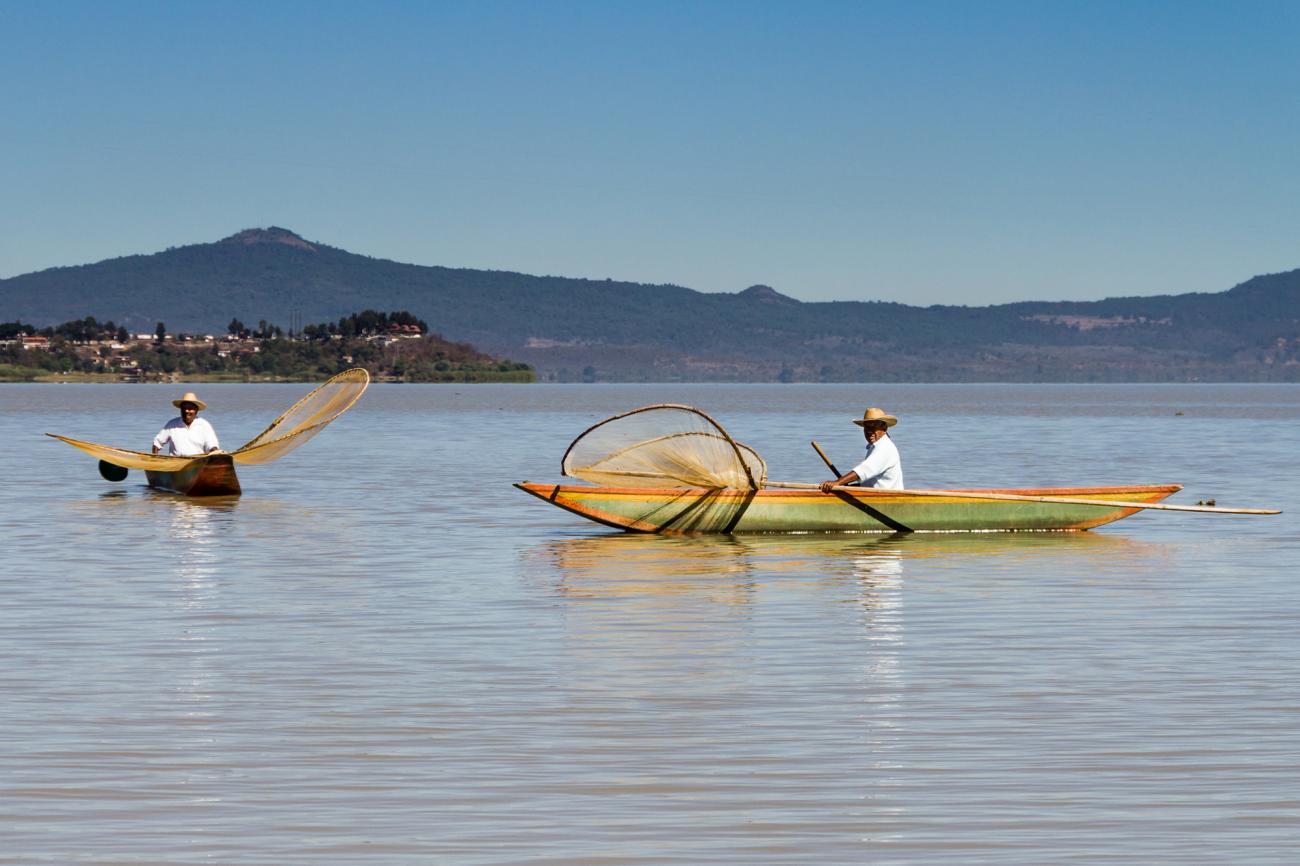
Pátzcuaro is a charming town on the shores of its namesake lake, with cobblestone streets and terracotta-tiled, colonial buildings. However, as a pre-Columbian stronghold, the town retains its indigenous roots and is home to the Purépecha people who have a distinct language, music and artistry.
Michoacán state’s picture postcard town is very popular for domestic tourism during the Day of the Dead celebrations but largely unheard of amongst international travellers although this has increased over recent years. The colonial town is built around the attractive Plaza de Quiroga.
Playa Del Carmen
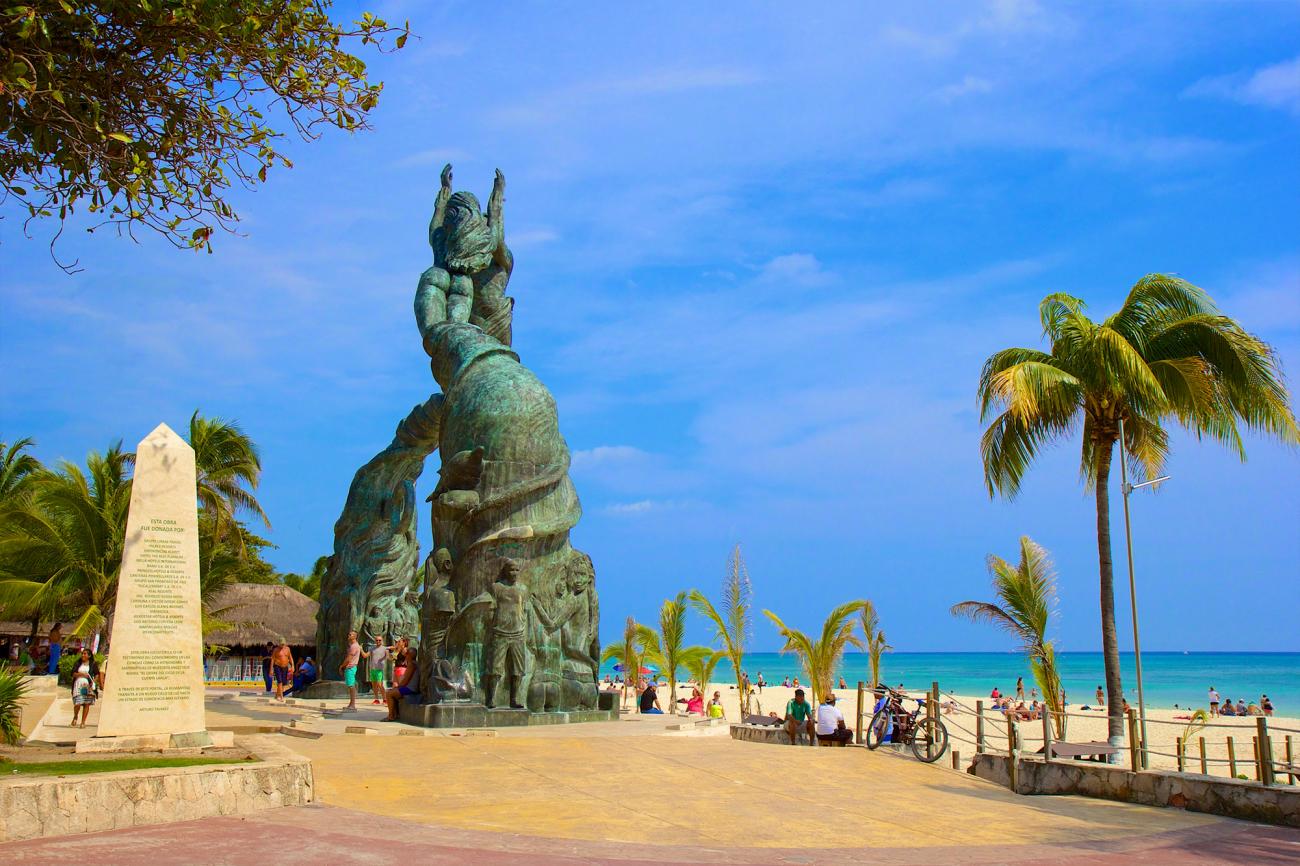
Settled by fishermen, Playa del Carmen is no longer the fishing village it once was. With its sidewalk cafés, trendy bars and restaurants and boutique shops, it has a lively community with incredibly beautiful white-sand beaches and turquoise waters hosting offshore reefs for diving and snorkelling.
The coastal, tourist city still offers a more relaxed and laid back atmosphere to bigger cities such as Cancun and for a more remote feel and clearer diving opportunities, take the ferry over to the island of Cozumel. Occasionally the area can become crowded with the cruise-ship passengers at which point you can choose from a plethora of relaxing, secluded hotels to kick back in.
Puebla
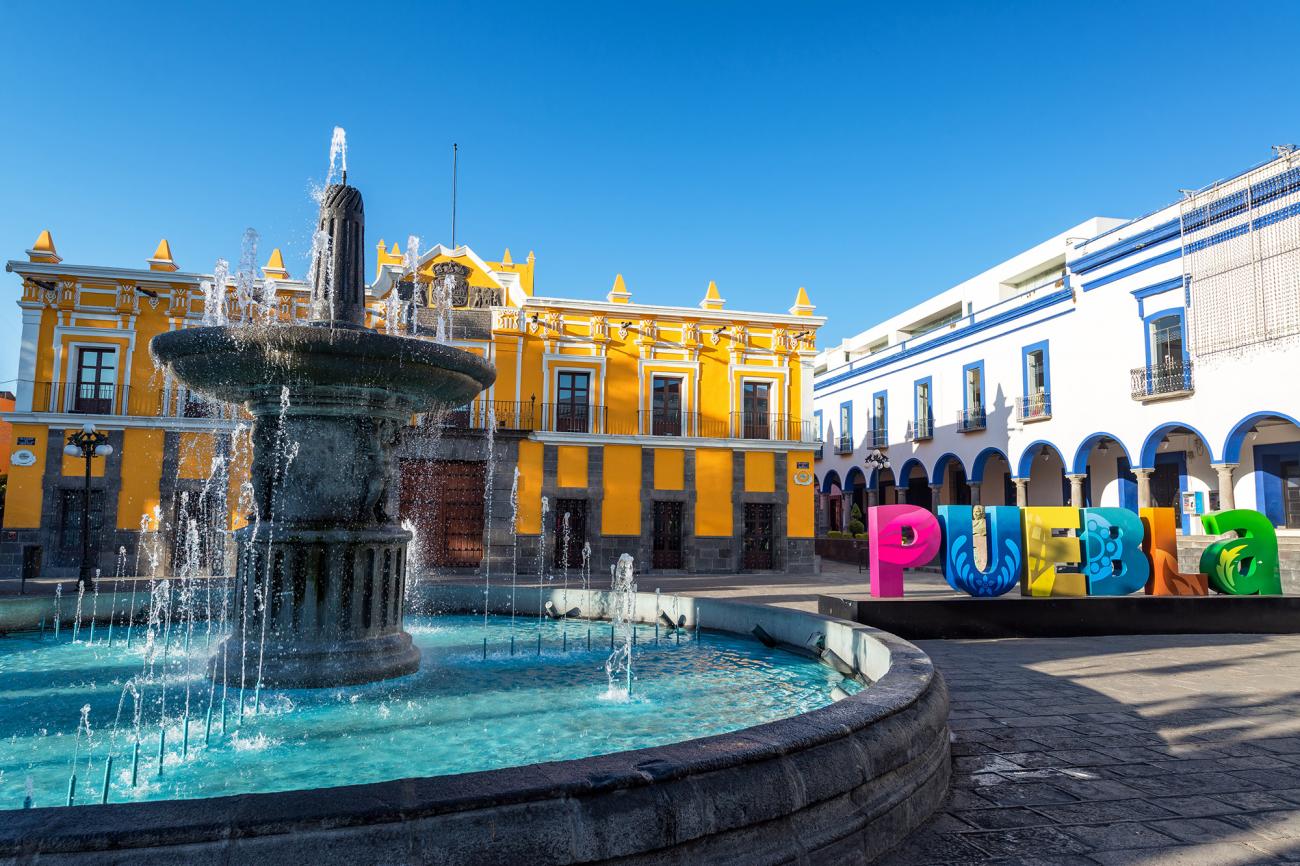
Known as ‘Puebla of Angels' due to its numerous churches and the legend surrounding the cathedral, the city has many colonial delights, notably its buildings and Talavera pottery tiles. Mexico’s fourth largest city, Puebla can be found approximately two hours from the hectic capital and is a much more tranquil city that tells the tale of colonial rule; 20 minutes from the noticeably colonial city is the pre-Columbian town of Cholula.
It is also the source of the Cinco de Mayo celebrations. Along with Oxaca, Puebla is one of the country’s top gastronomic destinations with the two constantly battling over the origin of molé sauce; the title normally goes to Puebla due to the sauce’s official name: molé Poblano (meaning a sauce from Puebla).
San Cristobal
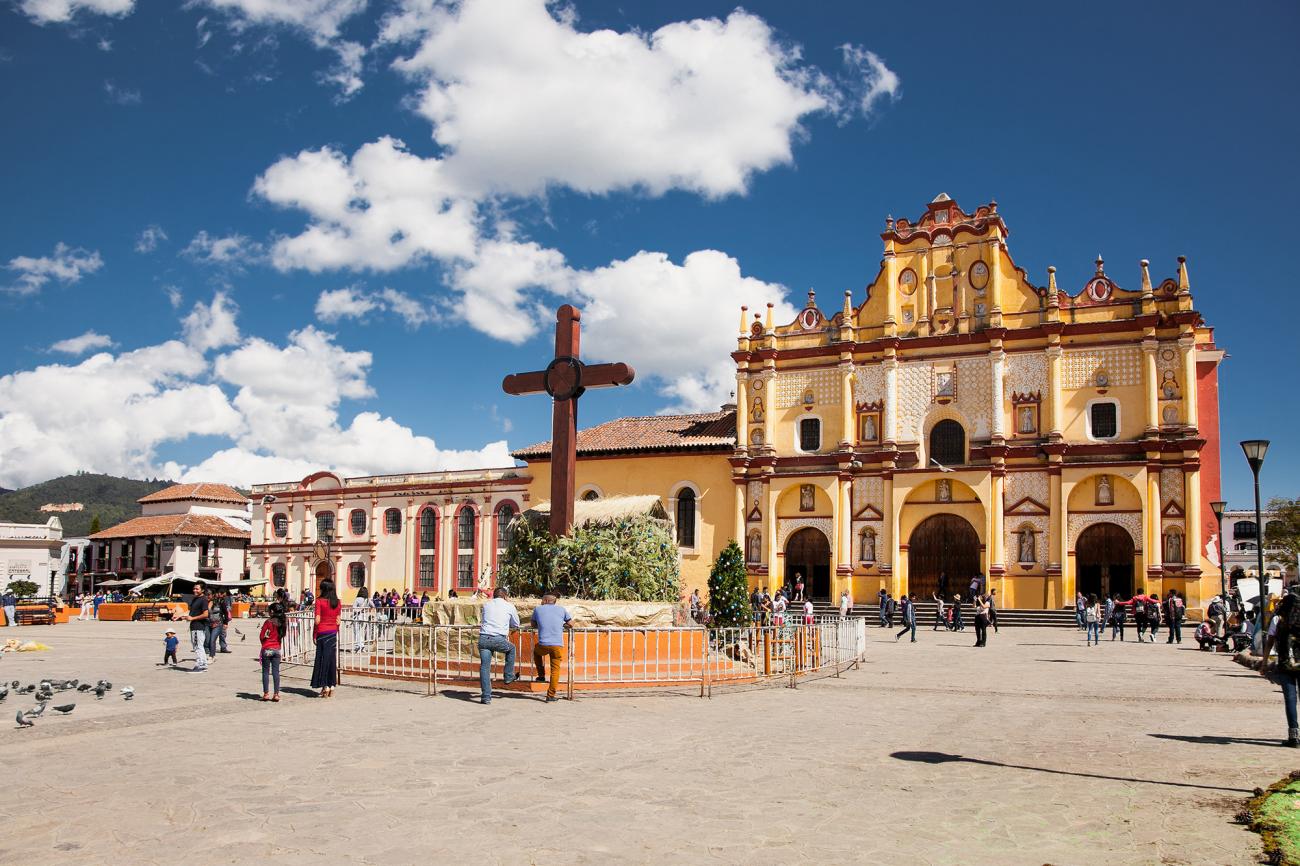
San Cristobal was named after a Spanish priest who was a staunch defender of the rights of the indigenous peoples. Set amongst a landscape that lay at the heart of Maya culture for centuries, the city was founded by the Spanish during the middle years of the 16th century.
Surrounded by mountain wetlands, the pastel-coloured stucco walls, cobbled streets and red tiled roofs of the city hide a wealth of lovingly restored colonial buildings including the city's 16th century cathedral and the fascinating Casa Na Blom, the former home of the Danish explorer Frans Blom. Surrounded by Mayan villages and steeped in the traditions of the Zapatsista Movement of the late 20th century, the city's markets provide a colourful gathering place for the indigenous tribes of the surrounding cloud forests.
San Miguel de Allende
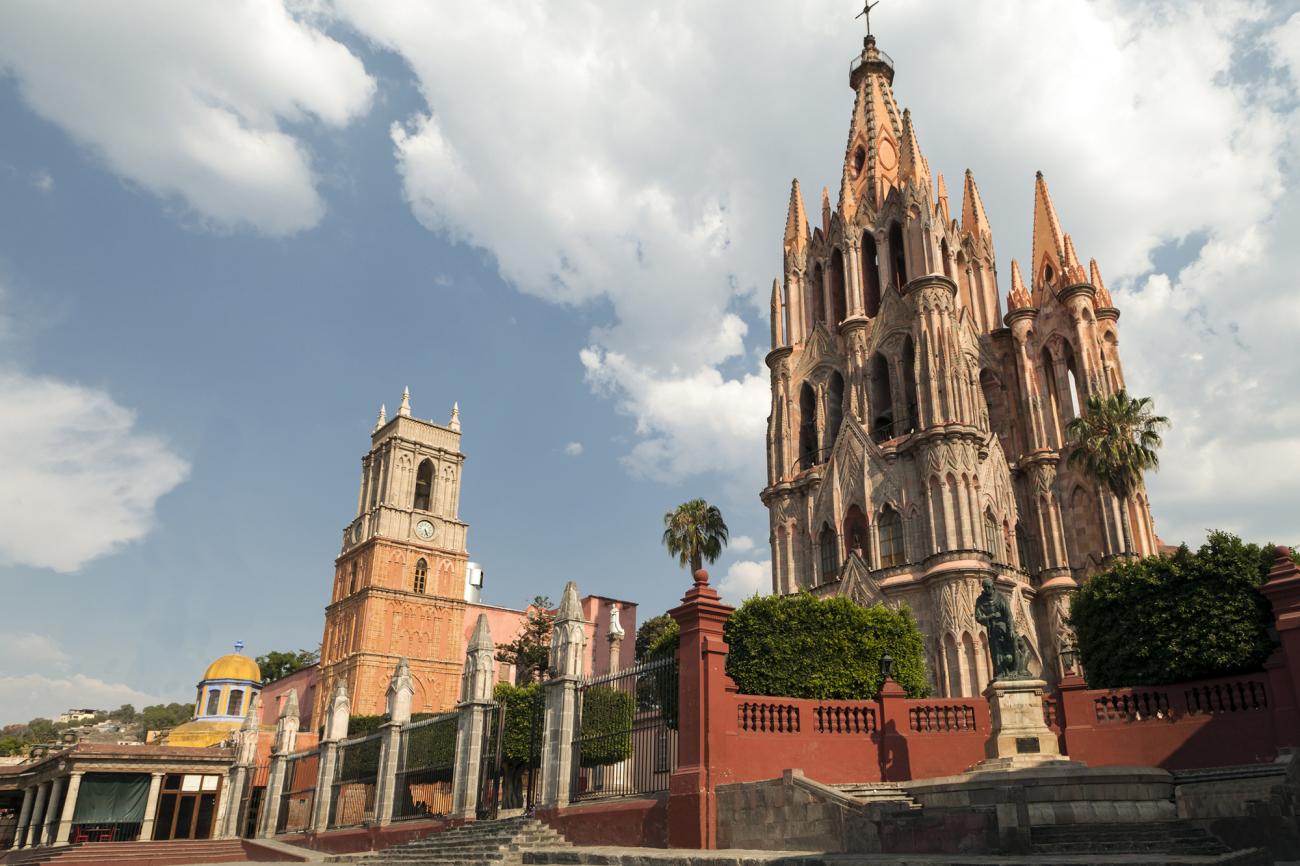
San Miguel de Allende is a cosmopolitan and picturesque colonial city, of arched colonial mansions, flower-filled patios, and winding, terraced cobblestone streets; situated on a hillside facing the Laja River and the distant Guanajuato Mountains. Located near San Miguel there are many thermal hot springs and spas for those who wish to relax and unwind.
Taxco
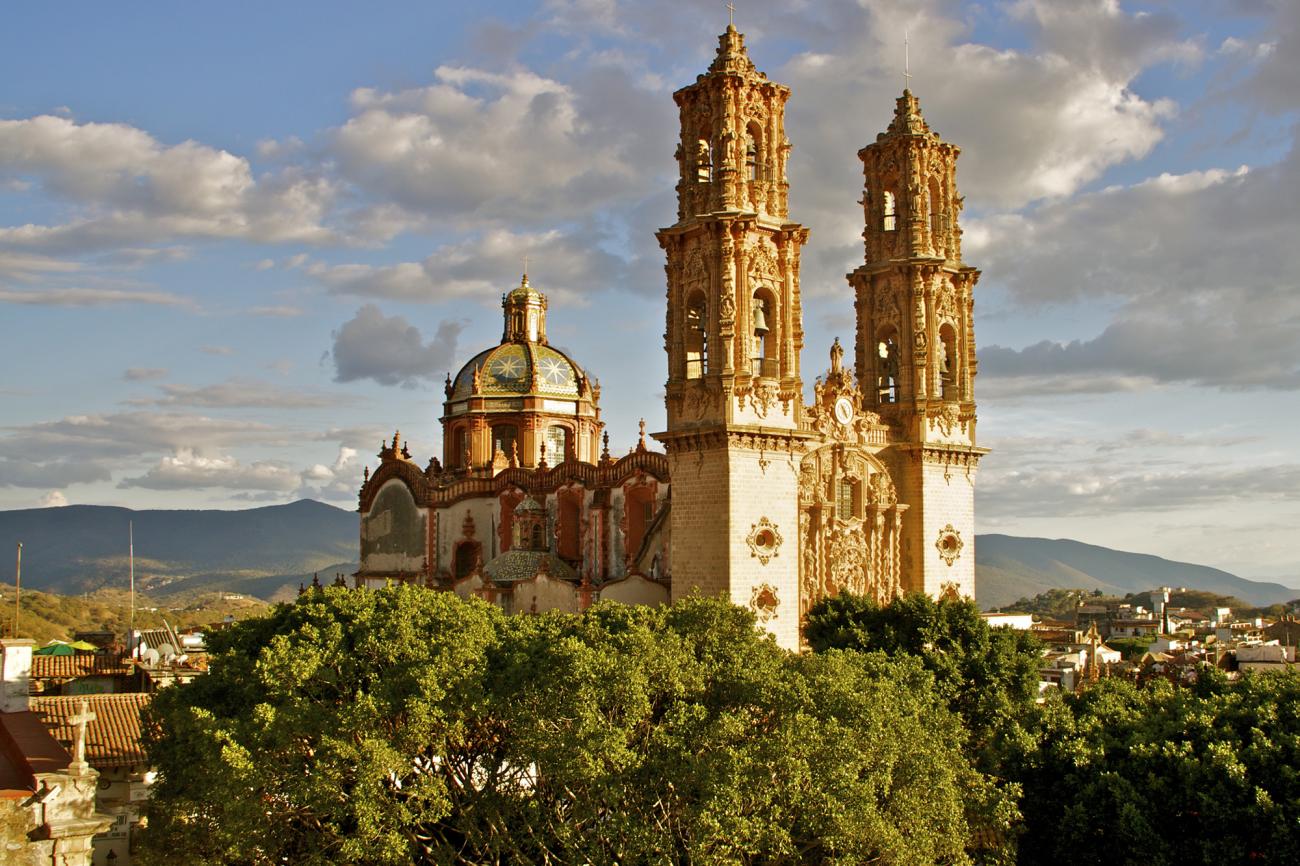
Found in the central highlands region, Taxco is an enchantingly beautiful, colonial town of narrow streets winding through the mountains and white-washed, red-tiled roofed buildings. As it is set in a steep valley, coming into the town offers breathtaking views which can also be enjoyed via the town’s teleferico.
After silver was found in the 17th century, the town boomed, the wealth of which can be seen in many of the impressive churches and 17th century buildings. Nowadays, domestic tourism is the main source of income and local government has imposed strict regulations ensuring the preservation of the town’s architecture and history; a large number of artist's workshops and silver shops can be seen.
Todos Santos
A charming coastal village at the tip of the Baja California Peninsula, Todos Santos is a colonial town founded in the 17th century, later associated with sugarcane production. Now, very much focussed on tourism, the town has a number of hotels, restaurants and boutique shops.
The area is still underdeveloped and offers up idyllic landscapes, remote beaches within a short drive and the natural beauty of the Sierra de la Laguna Reserve and mountains. Many of the beaches in the area are unsafe for swimming due to the rip current and strong undertows however unsurprisingly, it’s a popular destination for surfers.
Tulum
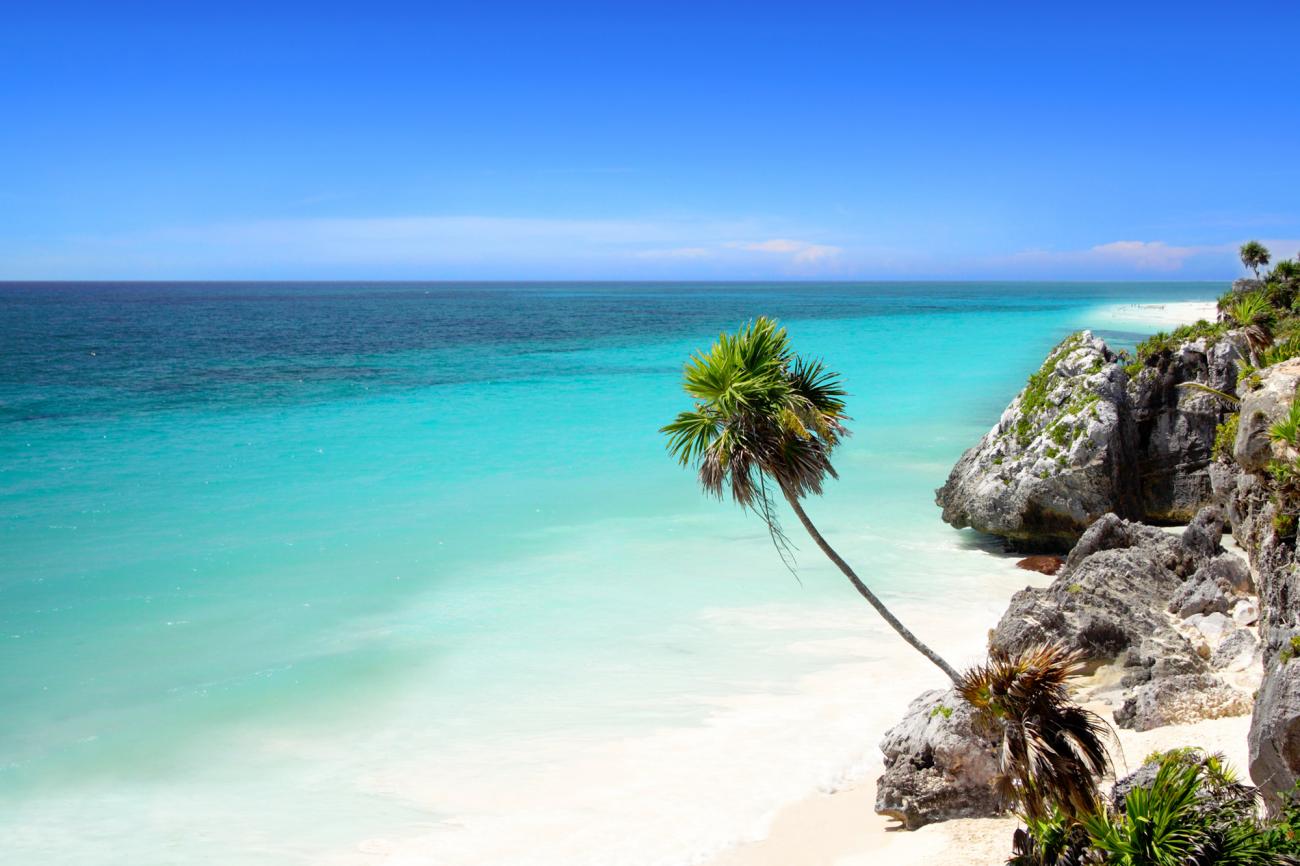
Ancient Tulum once served as a defence against invasion. Today its ruins and beaches are proving to be one of the most attractive destinations along the Yucatan Peninsula. Its white limestone beaches and warm azure waters have turned a once formidable Mayan stronghold into a year round chic boutique beach resort. The area's crystalline cenotes are also proving an attraction for divers and snorkelers, with a number of companies offering a chance to explore the submerged caves with qualified guides.
You can enjoy the hospitality of eco-friendly cabins, romantic bungalows, all-inclusive amenities or exclusive spas, all set against the beautiful backdrop of the dense jungles and golden sands of the Riviera Maya. For those looking for something a little quieter than the madness of Cancun, Tulum is perfect.
Tulum Archaeological Site
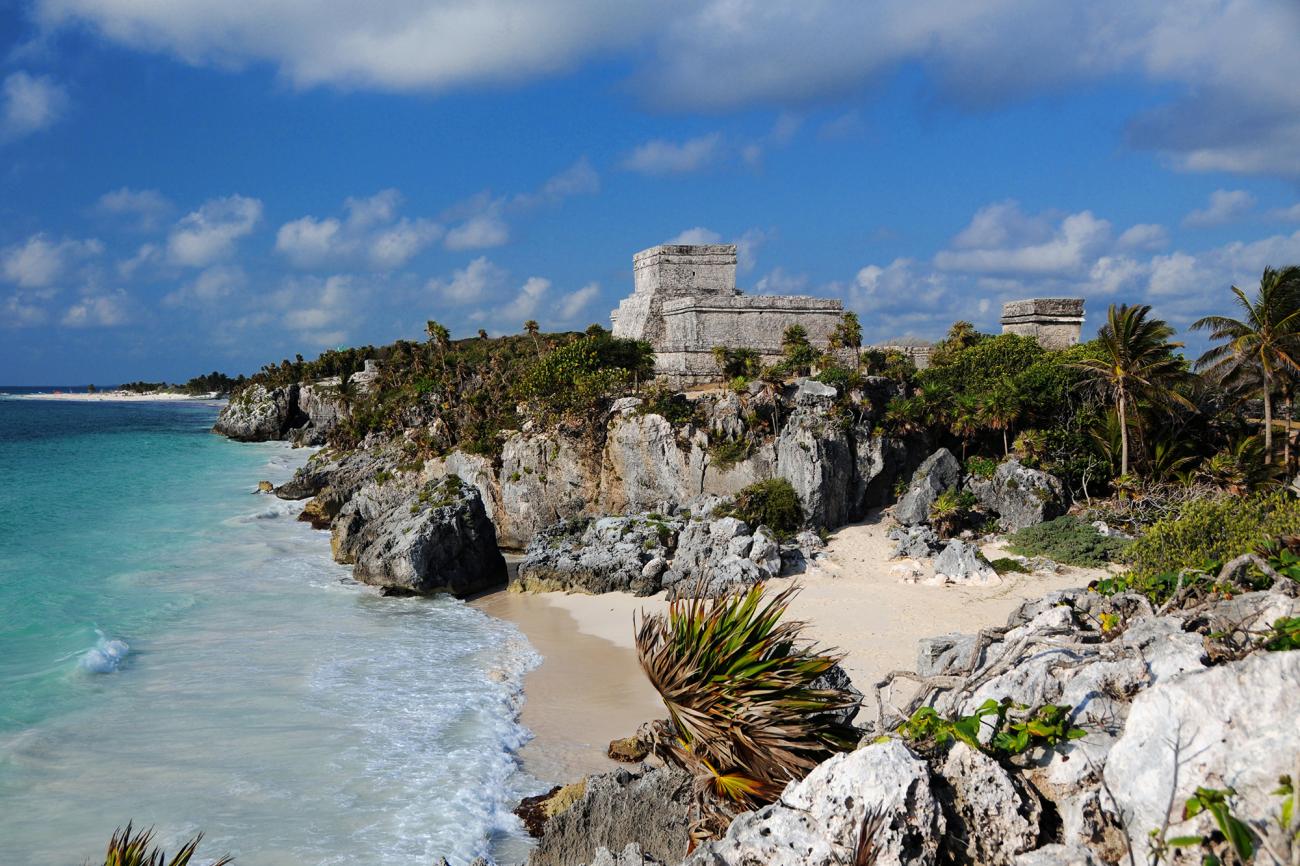
Occupying a craggy cliff face along the eastern coast of the Yucatan Peninsula, Tulum was one of the last cities to be built by the Mayans. Surviving well into the years that followed the Spanish invasion, the city dates back to the 13th century, when it served as a major port for the city of Coba.
Surrounded by 5 metre high walls up to 8 metres thick, the city was originally only accessible by sea and was dominated by the 7.5 metre high citadel of El Castillo. Other notable structures within the area include the Temple of the Frescoes and the Temple of the Descending Gods, the former of which was once used as an observatory. Today, Tulum is the third most visited archaeological site in Mexico.
Uxmal
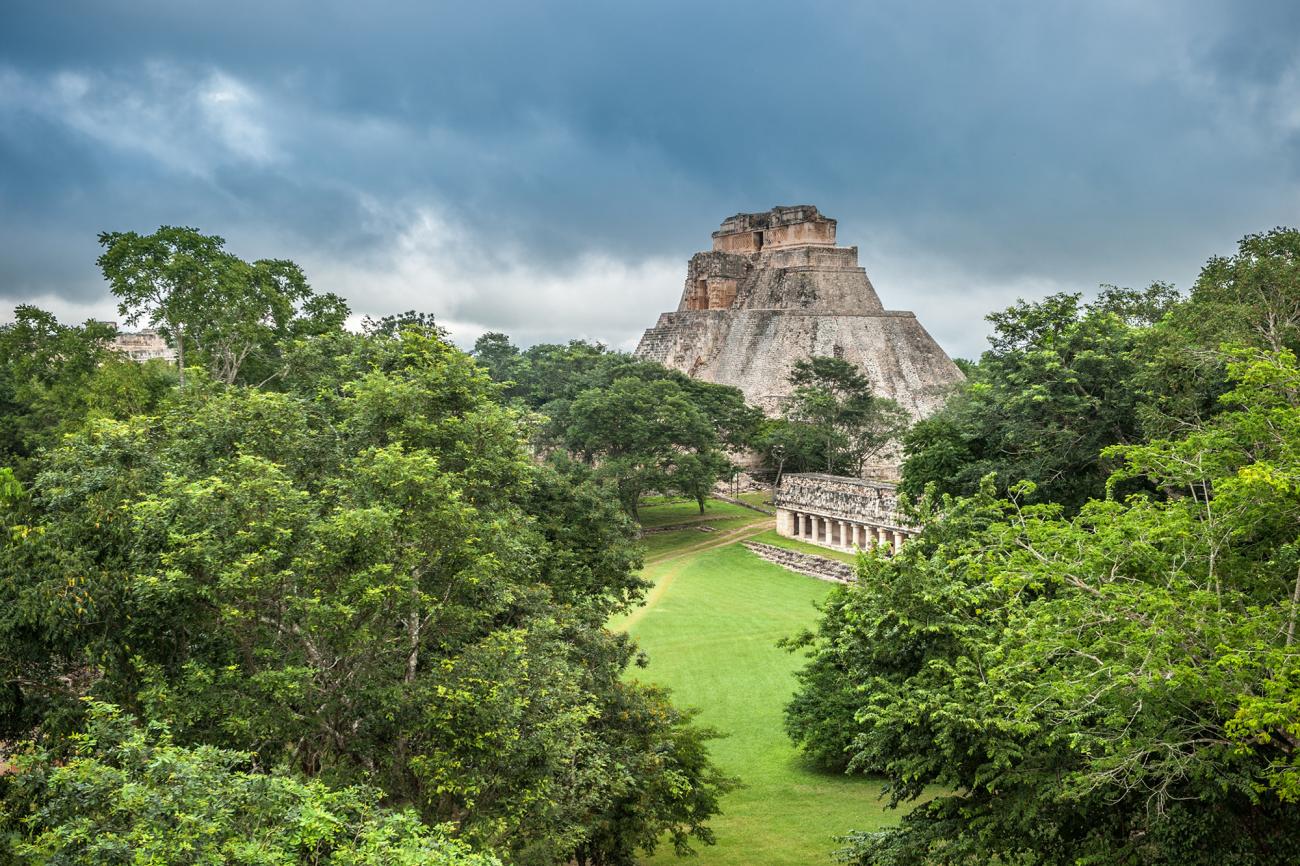
Uxmal is a UNESCO World Heritage site that is believed to contain some of the most spectacular examples of regional Puuc-style architecture in the Americas. Founded around 500 A.D, the city was one of the largest on the Yucatan Peninsula and at its height was believed to be home to around 25,000 people.
Wonderfully well preserved, it is one of the few Mayan cities remaining where visitors can get a true feel for what a ceremonial centre really looked like in the ancient Mayan world. The site is dominated by the stunning Pyramid of the Magician, which legend has it was built in one night. Other notable buildings include the Governor's Palace and the Nunnery Quadrangle, whose elaborately carved exteriors are amongst the finest in the city.
Valladolid
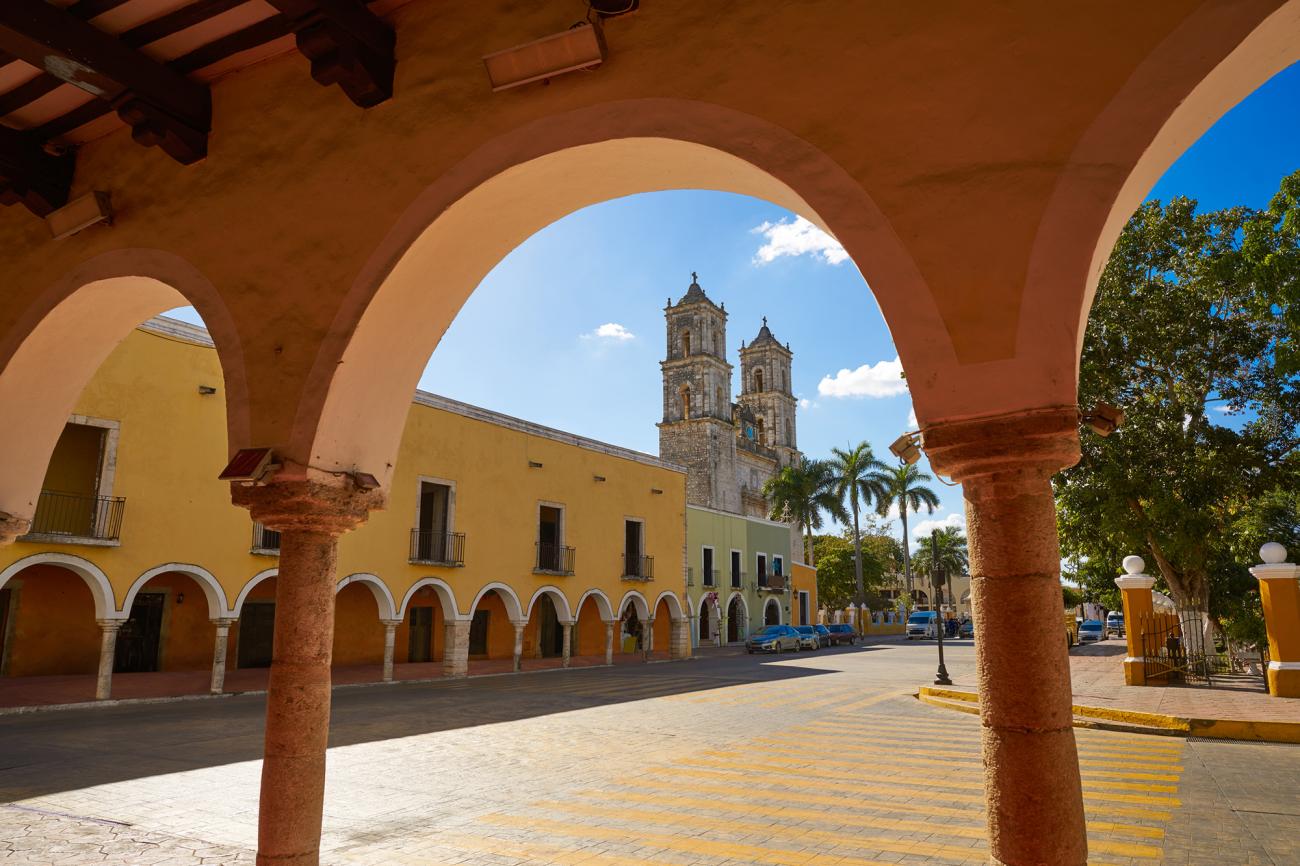
Built by the Spanish conquerors in 1543, Valladolid became the colonial capital of the eastern Yucatan. The city's wealthy inhabitants were nearly wiped out during the mid-19th century War of the Castes. Today the city is every bit the colonial capital it once was and the most interesting of the many churches in the town are the Cathedral, on the main square, and the church of San Bernardino de Siena next to the fortified Convento de Sisal, constructed in 1552.
Yaxchilan
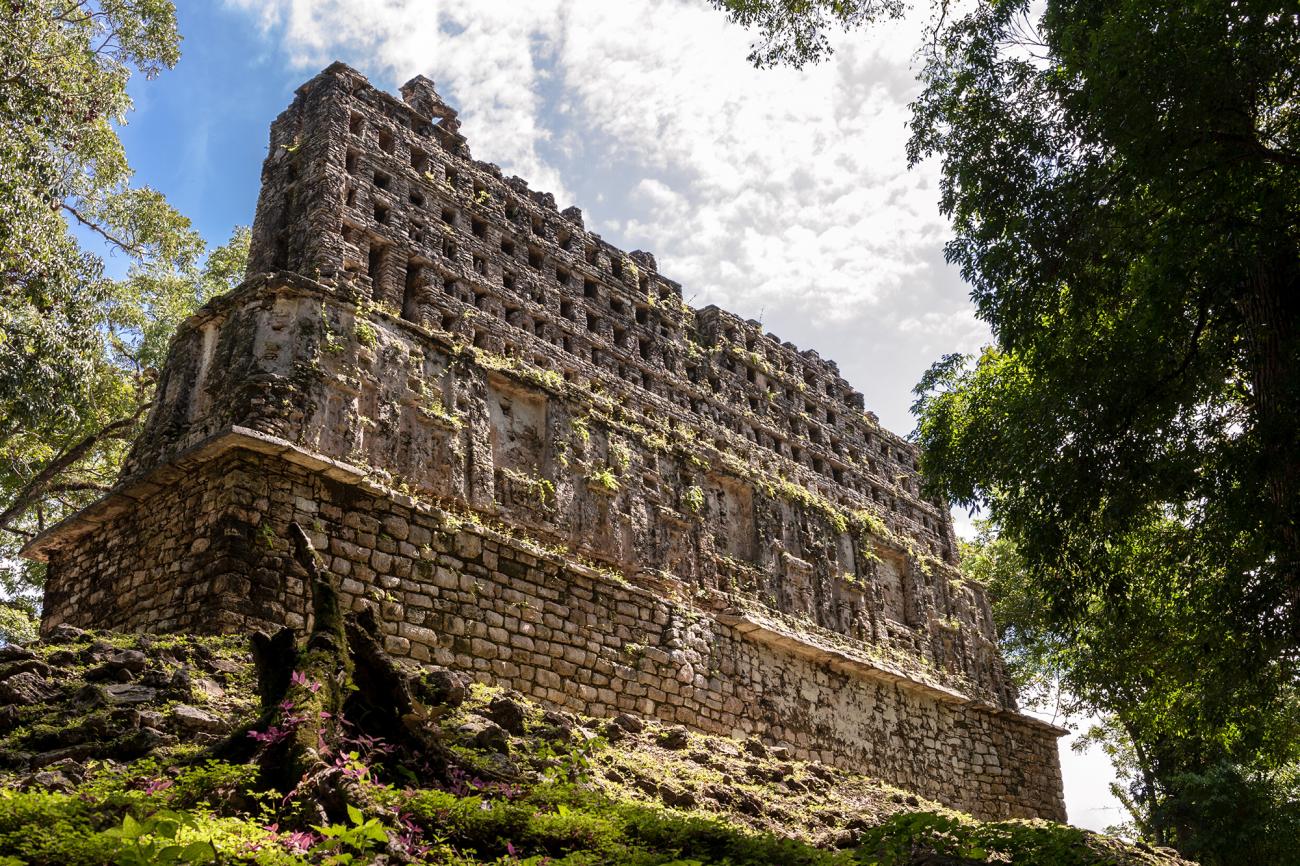
Located on the banks of the Usumacinta River in Chiapas state, Yaxchilan dates back to the Late Classic Period, when it was one of the most powerful of the Maya city states. The city was a powerful centre of commerce and culture, dominating the Usumacinta River basin and smaller cities such as Bonampak. Particularly well known for its detailed facades and stone lintels, the site contains an impressive array of palaces, temples, monolithic carved stelae and narrative stone reliefs.
Surrounded by jungle, close to the border with neighbouring Guatemala, and accessed only by a boat, Yaxchilan is one of the most impressive sites to visit. Translating as the 'Place of Green Stones' it is made up of three main areas; the Great Plaza, the Grand Acropolis and the Small Acropolis.
Zacatecas
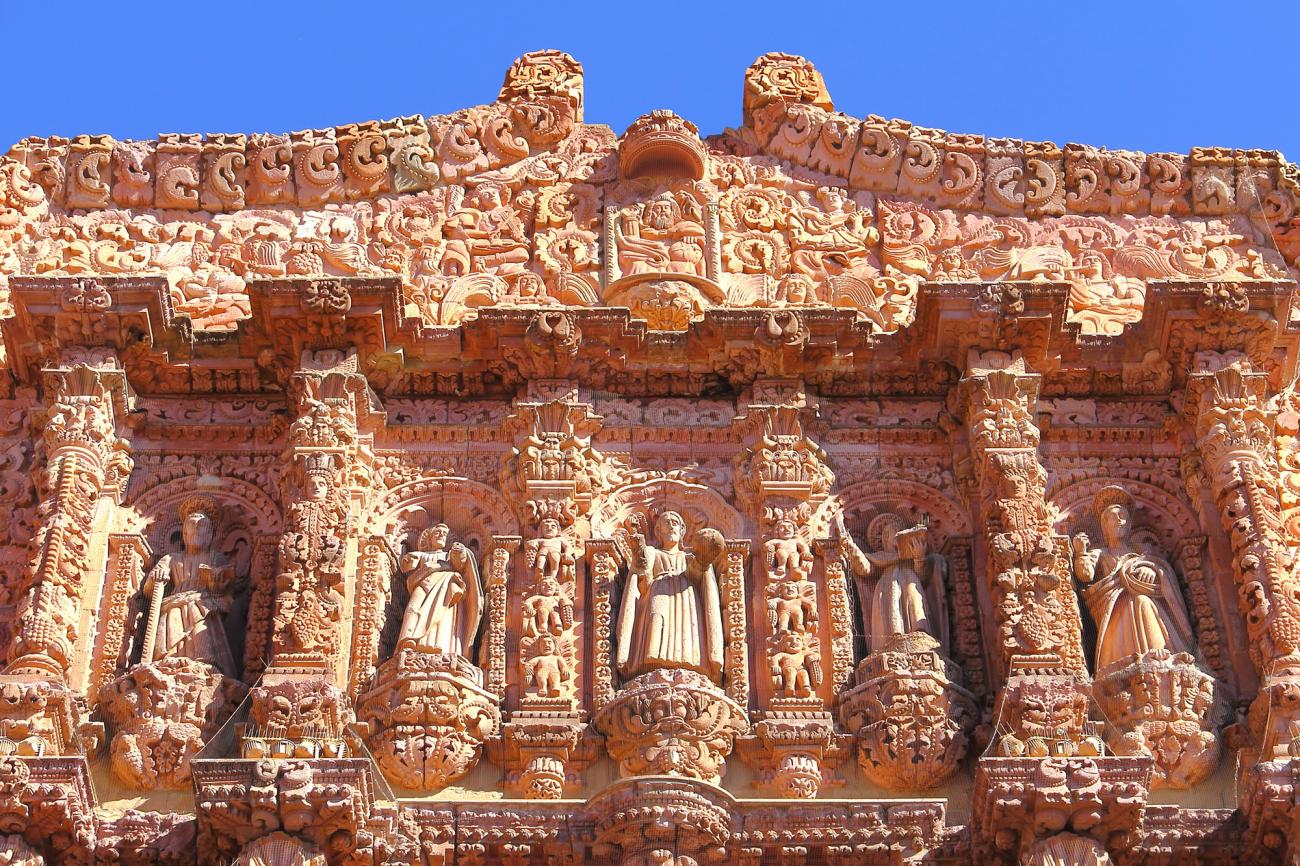
The state of Zacatecas is the gateway between the huge, barren and empty north and the richer, more fertile and more densely populated highland region of Central Mexico. The location of the city of Zacatecas is between arid hills at an altitude of 2,500m.
The city was declared property of the Spanish Crown in 1546 and soon large quantities of silver were being mined in the area. As a direct result, Zacatecas became one of Mexico's finest colonial cities, examples of which remain to this day, many of the most beautiful buildings located in the centre of the city.
Zihuatanejo
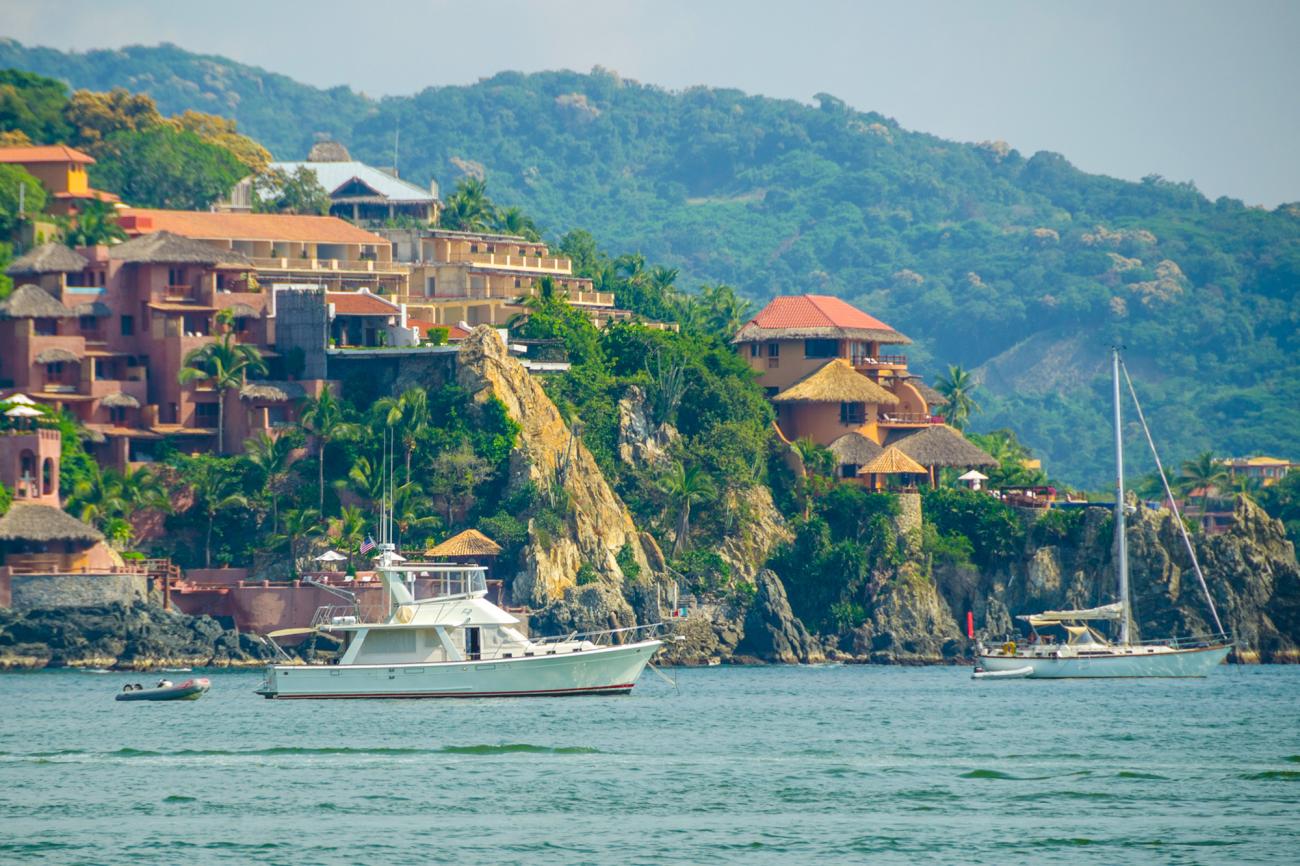
Zihuatanejo - 150 miles northwest of Acapulco and only 4 miles from the resort destination of Ixtapa, on the Pacific coastline known as the "Mexican Riviera," lays picturesque Zihuatanejo with the beautiful Sierra Madre Mountains in the background and set amid 16 miles of hilly coastline, laden It is essentially a fishing village, and although tourism is becoming more and more prominent, the locals still earn their livelihood from the fruits of the sea.